My research now shows that there is a Cave Temple Complex
in Arochukwu in the hinterland of Nigeria that served as a secret slave dealing
location and processing center. I have self-consciously established a particular
trail of Igbo slave journeys from the Temple of Complex in Arochukwu through
former interior slave markets and slaveholding quarters in Ututu, Bende, and
Azumini. When developed, the Temple Complex together with the trail could bring
slave journey-related tourism in Nigeria to a point comparable to the boom in
Ghana and Senegal.
More than just a tourist destination, the Arochukwu Cave
Temple Complex is expected to become a pilgrimage site for African Americans;
more so those of Igbo ancestry.
Since we celebrate the history of our long journey from slavery to freedom every
February, the Aro Pilgrimage Foundation will start organizing a Journeying Back from Freedom to Freedom
Pilgrimage to Africa; with effect from February 2009.
That will be the beginning of an annual symbolic journeying back to the
state of freedom that was before the Atlantic slave trade began.
The following is a sample
of the landmarks and relics found on the trail from the United States to
Arochukwu:
From Freedom to Freedom Pilgrimage: The Trail
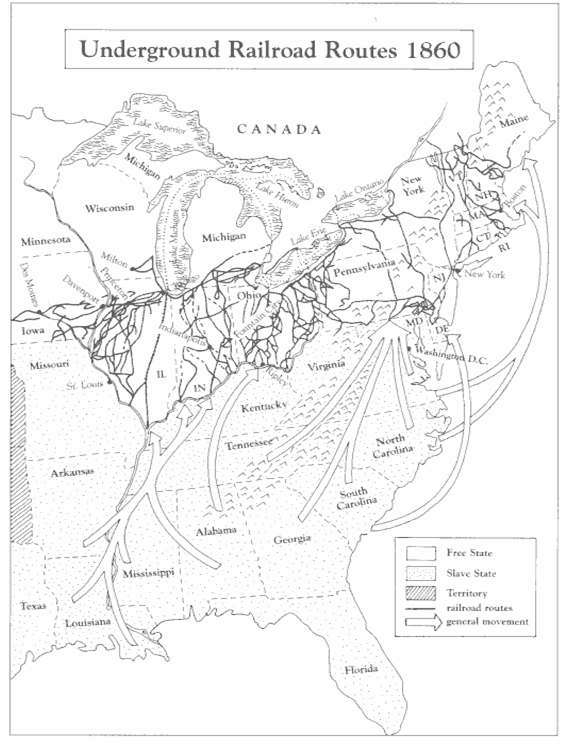
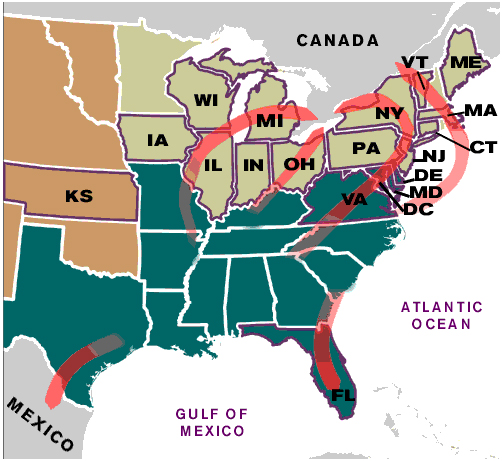
Here is a map showing the direction escape routes from Virginia to
Canada.
For a more detailed map of escape routes of the Underground Railroad
produced by the National Park Service Cartographic Staff at Harpers
Ferry Center.
New York Site 1 Auburn:
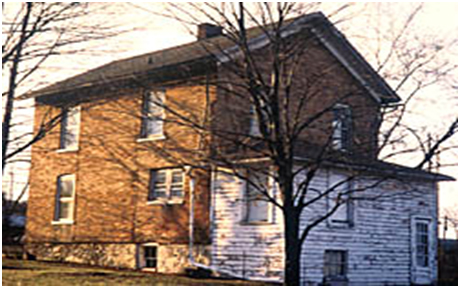
Auburn: Harriet Tubman Home
for the Aged, Harriet Tubman National Historic Landmarks photographs
for a very detailed information
click here:
Harriet
Tubman Home for the Aged, Residence and Thompson AME Zion Church
New York Site 2: Itthaca

Photograph by Richard Pieper. Courtesy of New
York Parks, Recreation, and Historic Preservation. St. James AME
Zion Church continued to be a focal point in the black community of
Ithaca into the 20th century. In 1906, in the basement of St. James,
for detailed information
click here
St. James
AME Zion Church--Ithaca
New York Site 3 Peterboro:
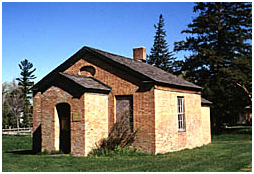
Gerrit Smith Land Office and one of the barns used as a hiding place
for fugitive slaves National Historic Landmarks photograph
New York Site 4: Lake Placid
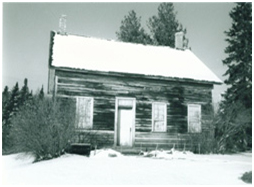
The John Brown Farm House for detailed information, click here
John Brown
Farm and Gravesite
New York Site 5 Tarrytown:
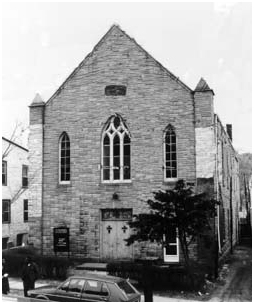
Foster Memorial AME Zion Church
Foster AME Zion Church is located in Tarrytown, New York at 90 Wildey
Street. It is open to the public. Photograph by Wes Haynes.
Courtesy of New York Parks, Recreation, and Historic Preservation.
For a more detailed information
click here
Foster
Memorial AME Zion Church
New York Site 6 Brooklyn
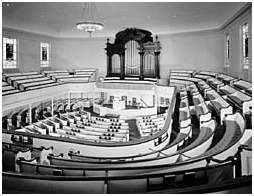
Exterior and interior of Plymouth Church of the Pilgrims
Photographs from National Historic Landmarks collection.
For a more detailed information click here
Plymouth
Church of the Pilgrims
FOR NEW JERSEY SITES CLICK ON THE FOLLOWING
1. The
Grimes Homestead--Mountain Lakes
2. Peter
Mott House--Lawnside Borough
3. Bethel
AME Church--Greenwich
4. Mount
Zion African Methodist Episcopal Church and Mount Zion Cemetery--Woolwich
Township
FOR A SITE IN VIRGINIA CLICK FOLLOWING
1. Bruin's
Slave Jail –Alexandria
Routes
on the Underground Railroad accessed December 24, 2006 Great for the
Virginia connection.
SITES IN IGBO HINTERLAND OF NIGERIA
- The Blue River
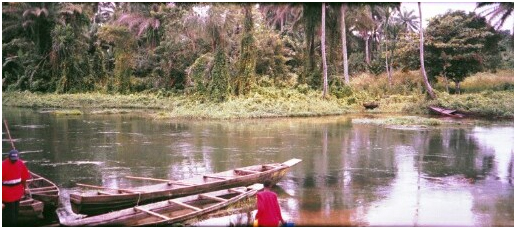
The Blue River the waterway to Bonny
- The Last Stop in Igboland (Azumini)
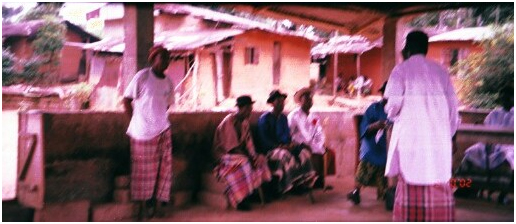
Chief and elders in the last stop
(slave quarters) by the Blue River
3.
The Ram
Market in Azumini
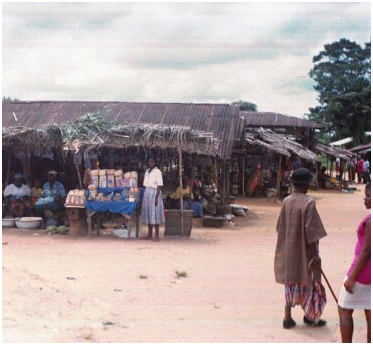
Ahia Nwaebule the Main Slave Martket in Azumini.
4.
The Dark
Chamber Presence of Chukwu
- The Slave Market in Uzuakoli
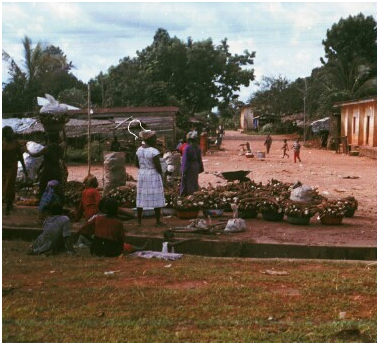
Eke Ukwu, Agbagwu former slave
market showing the goat shed or stalls
- Eke Ob
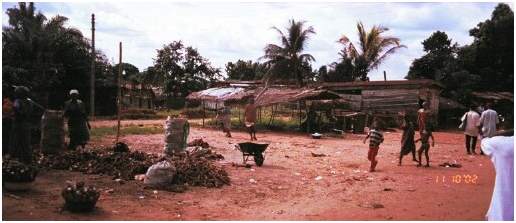
The Eke Oba Agbagwu former slave
market
- The Slave Root Agbagwu (Eke Oba) Market in Uzuakoli
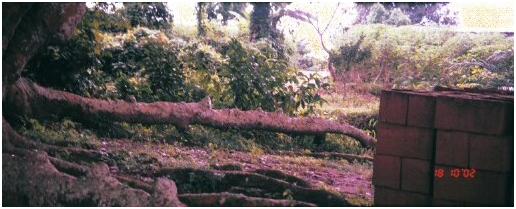
Captives for
sale were tied to this surface root of the achi tree
8.
The Stones of
Disorientation in Uzuakoli
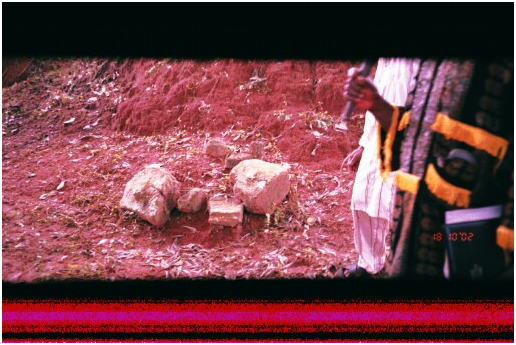
Stones of Disorientation at the
former Slave Market in Uzuakoli
- The House Museum in Uzuakoli
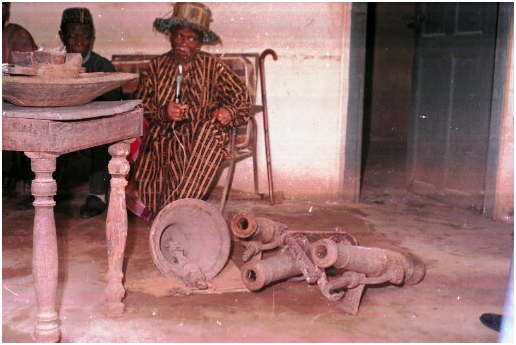
Chief Iheukwumere talking about the
material culture
- Slave Route to Bende via Ozu Item
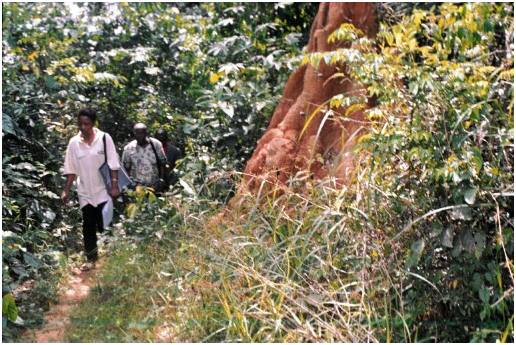
The Mgbele
Nkume Hill in Uzuakoli on the slave route to Bende
- The Slave Market in Bende
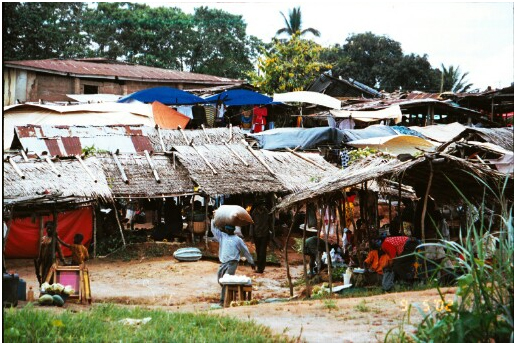
Ahia Afo: A Former Slave Mart in
Bende
- The Slave Cells (Ulo Isi) in Bende
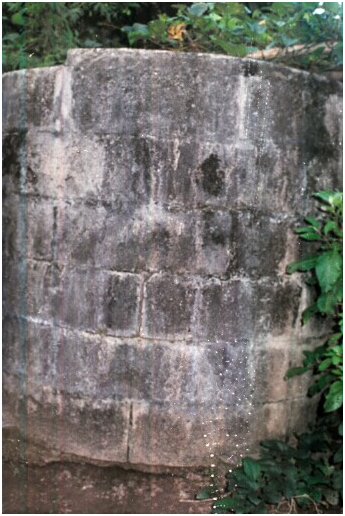
A Slave Holding Cell (Ulo Isi [Dark
House] Built by Omenuko) in Bende
- Omenuko’s Friend’s House

A House in Ndi Mgborogwu where it is
believed Omenuko stayed
- Eke Kalu’s Family House in Elu Ohafia
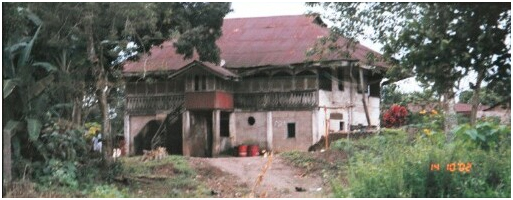
The house of the legendary Eke Kalu
who escaped slavery from Arochukwu
15.
An Subsidiary
Shrine of Ibin
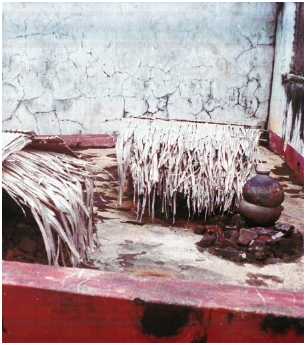
Ibin Ukpabi shrine at the Obunkwa
and Safe Haven Asaga
16.
The Safe Haven
in Asaga Ohafia
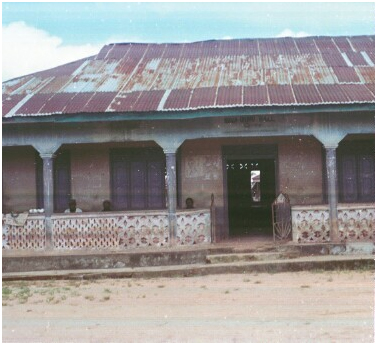
A compound hall in Asaga and safe
haven for escapees
17.
The Slave Mart
at the St. Paul’s Junction in Abuma Ututu
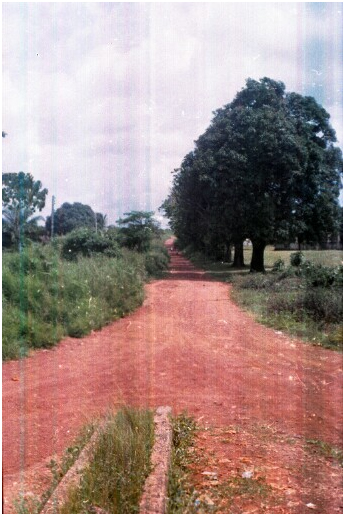
St. Paul's Junction and the route to
Calabar via Ihe Osu
18.
Cave Rendezvous
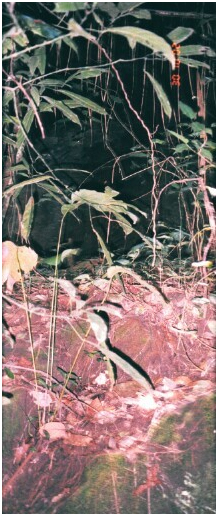
The Cave
Rendezvous at Abuma Ututu
19.
The Cave Outlet
in Abuma Ututu
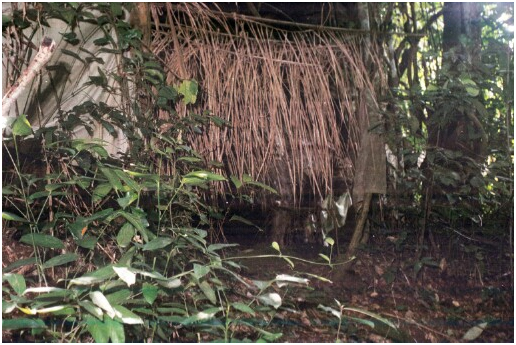
A shrine and checkpoint before cave rendezvous in
Abuma
- (Ambience of
Mother God) in Obiene Ututu
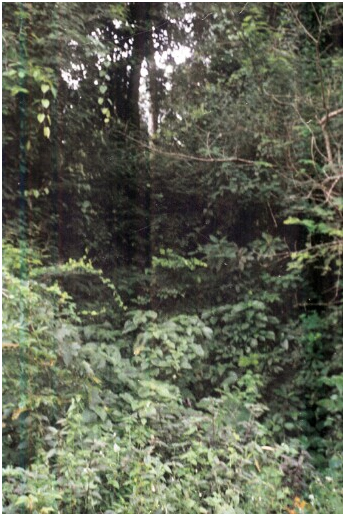
Rain Forest Rendexvous
21.
The Cave Outlet
in Iyi Eke, Arochukwu
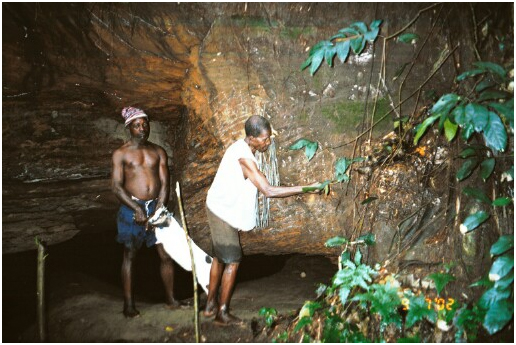
Aniyom making the ritual marks on the outer wall
of the cave outlet in Iyi Eke
- The River of Blood

Crossing the River of Blood in the Cave
23.
The
Tunnel of Disappearance at the Temple Complex

A Tunnel of Disappearance
24.
The Alter at
the Temple

The
Kitchen Area
25.
The Oracular
Shrine of Ibin Ukpabi

The Oracular Shrine of Ibin Ukpabi
26.
The Chamber
Presence

The Dark Chamber Presence of
Chukwu Abiama (The Holy Holies)
When people want to visit the beginning points of
the slave journeys to the United States from West Africa, they usually
do not go to Nigeria in the Slave Coast.
Instead they go to Senegal (the former Grain Coast) or Ghana (the
former Gold Coast).Yet it
is estimated that over 50% of the enslaved Africans that came to the
United States, came directly from the region that Europeans traders
named the Slave Coast to distinguish it from the Grain Coast (much of
Gambia and Senegal), from the Ivory Coast (now Cote D’Ivoire); and from
the Gold Coast (now Ghana).
Some of the Igbo victims of the Atlantic slave
trade (maybe thousands), were not declared slaves until they were
ritually processed, symbolically declared dead, and covertly funneled
through cave tunnels to coastal towns of Bonny and Calabar for the
forced journey across the Atlantic Ocean.Most of them
boarded
slave ships at Bonny and traveled directly to Virginia and the greater
Potomac/Chesapeake region of the United States and later to the
plantations in the regions that became known as the Cotton or Black Belt
in the Deep South—including part of Georgia, all of Alabama and
Mississippi.From the Deep
South, with their eyes set on freedom, thousands of the enslaved
Africans escaped to freedom in the North even to Canada.
My research now shows that there is a Cave Temple
Complex in Arochukwu in the hinterland of Nigeria that served as a
secret slave dealing location and processing center. I have
self-consciously established a particular trail of Igbo slave journeys
from the Temple of Complex in Arochukwu through former interior slave
markets and slaveholding quarters in Ututu, Bende, and Azumini. When developed, the Temple Complex together with the trail could bring
slave journey-related tourism in Nigeria to a point comparable to the
boom in Ghana and Senegal.
More than just a tourist destination, the Arochukwu
Cave Temple Complex is expected to become a pilgrimage site for African
Americans; more so those of Igbo ancestry.Since we celebrate the history of our long journey from slavery
to freedom every February, the Aro Pilgrimage Foundation will start
organizing a Journeying Back from
Freedom to Freedom Pilgrimage to Africa; with effect from February
2009.That will be the
beginning of an annual symbolic journeying back to the state of freedom
that was before the Atlantic slave trade began.
As we view this material vestige of slave journey,
we should look beyond the vicissitude of the journey and begin to seek
to bring healing to the deep-seated wounds of the historical tragedy of
chattel slavery, on both sides of the Atlantic. I propose a journey back
to the Temple Complex in Arochukwu, Nigeria.The Arochukwu Cave was a definite starting point of some of the
slave journeys that took enslaved Africans across the Atlantic Ocean—the
Middle Passage—to the Americas where they eventually became free.The implication of from Freedom to Freedom here is that a journey
that leads from North America back through the tunnels of disappearance
in the Ancient Cave Temple Complex to the hinterland of the Slave Coast
would be a symbolic journey to the state of freedom that was before the
Atlantic slavery began.
In pre-Atlantic slavery times, the people of
Arochukwu (the Aro) had performed customary rites for Chukwu—the Great
Spirit—in the Temple Complex.
As the ritual specialists and custodians of the Temple the Aro
alone could enter the cave to travel into the Dark Chamber Presence of
Chukwu (God) and through a major Oracle (Ibin Ukpabi) interpret the
voice of Chukwu. At that time, the Ancient Cave Temple Complex was the
highest court of justice in Igboland. People from all over Igboland went
to the Temple to seek the truth from Chukwu Abiama or Abiamara (“the
Great Spirit to which Seekers of the Truth Come”) and to hear judgments
through the Oracle. Those found guilty were either sold on to slavery or
put to death depending upon the degree of their offence and the
judgments of Chukwu. The
blood of those that received the death penalty colored the running
stream in the cave, the River of Blood, red.
At the cave entrance from which the River of Blood issued,
families thus waited to receive judgment on the fate of the accused by
the subsequent coloring, or not, of this stream.
It was with the advent of the Atlantic slave trade
in West Africa during the 17th century that the Aro, assuming
the role of the leaders of the trade in the Igbo hinterland, exploited
the Temple Complex in a very remarkable way—by using it as a major
secret slave dealing location. During this time, the Aro took captured
victims to the Temple Complex in what appeared to be the same ritual
that had been undertaken since before memory, but as the victims
disappeared into the cave tunnels (the tunnels of disappearance), the
Aro would falsely color the river red with dye from the red cam wood to
leave the impression that the condemned had died. The red water flowing
from the cave was a signal to the relatives that the victims were dead.
In reality, some of the tunnels (the Tunnel of
Disappearance) led to various exist points on the trade routes to
the Slave Coast. One of the outlets eventually led to Iyi Eke; a point
from where the enslaved, now blindfolded, were led to Onu Abu Bekee,
or European Beach in Ito.
And from there, waiting boats took the slaves to Calabar for onward
transmission to the New World and slavery.
The other led to Afia Oso Nwamkpi a slave market in Ututu from
where, using He-Goat as a metaphor, Aro traders and escorts took the
victims to major hinterland slave markets in Bende, Uzuakoli, Azumini
and eventually to Bonny.
Ours is a story of the
memory of pain. The idea of slave dealing in the Temple of God with
direct links to Shipping Ports in the Slave Coast is painful. Entering
the Chamber Presence and facing the exact place to which the slave
dealers took the victims of the Atlantic slave trade for judgment and
ritual processing; to the exact place where probably thousands of
African slaves entered and symbolically died is breathtaking.
Following the tunnels of disappearance through the trade routes
to the point where the Atlantic Oceans ends in a twilight zone is
heartrending. The experience can be overwhelming and the story bitter.
But it is the truth that must told in order to begin to make real
the reconnection with Africa our ancestral home, enhance
reconciliation and forgiveness, and start the healing of the deep-seated
wounds of the Atlantic slave trade and slavery on both sides of the
Atlantic.
|


